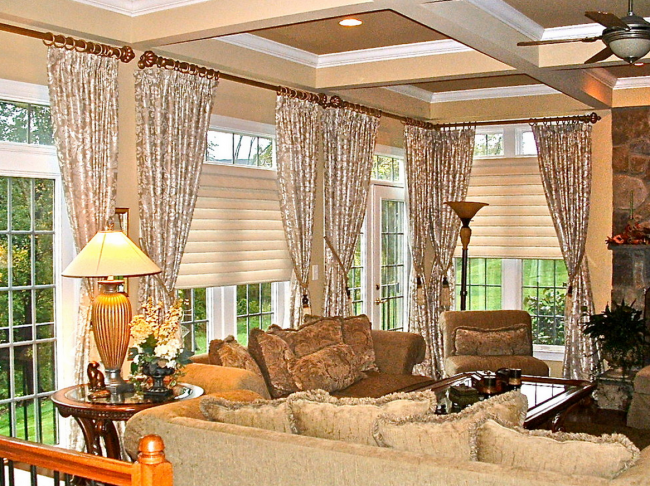
Choosing a window used to be easy. You chose a framing style to fit the architecture and that was about it. Windows were single-paned, one piece of glass per sash, with an extra storm sash often placed behind for insulation. Today, the options can get a bit complicated, but choosing the right window treatment can do a lot to save money and add to the comfort of your home.
While there are many variables involved when choosing the right window treatment, the most important energy decisions are driven by local climate considerations. Within that, there are three basic choices you need to make when looking at the right window. Once you understand these, variables like shading (overhanging trees), orientation (a south-facing vs. a north-facing window), and climate will be easier to consider. When sifting through labels and recommendations, these basic considerations will help you decide what you might need:
How Many Window Panes Do I Need?
Single pane windows are not completely forgotten, but today they are most often used for fixed windows—windows that do not open—or as replacement windows to match an existing style. More often, the choice is between double- and triple-paned windows. For most homes, a double-paned window is appropriate. However, in the coldest climates, you might find the need for that extra layer of insulation, even with a combination of gas fill and coating.
Why Gas Fill Windows?
Many newer windows offer the option of gas fill. This is when inert gases are factory sealed in between panes. These gases—Krypton, Argon, or some combination of the two—are poor thermal conductors, which means that they slow the passage of heat through the window. This keeps the cool air in during the summer and out during the winter. In warmer climates, you might find that gas fill is unnecessary while in cooler climates even the more expensive Krypton gas fill might make sense.
Why Low-E Windows?
Low-emittance (Low-E) coating has become a must-have for colder climates. Low-E coated windows have a type of diffused glass where microscopic metal is layered onto the glass to suppress radiant heat transfer. This basically means that the coating is placed to allow in solar heat while preventing it from escaping (which makes its use in warmer climates not advised, of course). Low-E comes in many variations, but Low-, Moderate-, and High-Solar Gain window treatments are the distinctions most often used. The lower the solar gain, the better the window is for colder climates. Other variations of Low-E include the even more efficient Heat Mirror and its double-treated big brother Superglass. Each of these glazing systems carries an added cost, so it is important to know which best fits your specific climate.
Ready to start your windows?
Find ProsMaking the Choice
As always, you will be considering these window treatment choices in conjunction with price. It is important, then, to look at the various ratings posted on each window and compare prices and standards from different variations. A double-pane, low-E window, for instance, can offer the same efficiency as a triple-pane untreated window. Fortunately, there are many helpful guides to aid your decisions. Window treatments are key elements to overall window performance. The National Fenestration Rating Council labels energy performance on most windows, using three key standards: insulation, how much light it lets through, and how effectively it blocks heat from the sun. Similarly, the EPA’s Energy Star sticker will let you know that the window has met the minimum standard for insulation in the climate where it is being sold. With these guides, and an understanding of what they mean, you will be able to make the most informed decision when purchasing windows for your home.
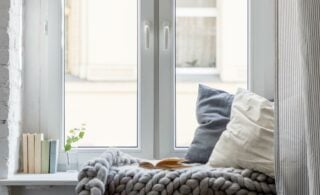 Aluminum Windows vs. Vinyl: What’s the Difference?
Aluminum Windows vs. Vinyl: What’s the Difference? 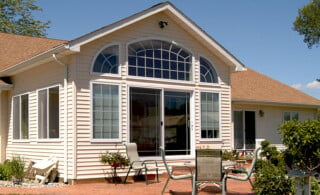 Pros, Cons, and Costs: Double-Paned Windows
Pros, Cons, and Costs: Double-Paned Windows 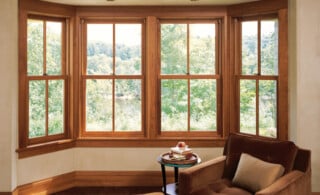 Casement Windows Pros and Cons
Casement Windows Pros and Cons 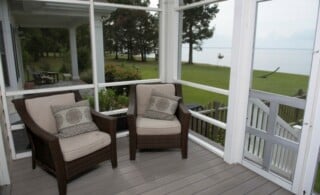 Take Care of Your Screens and Keep the Bugs Out
Take Care of Your Screens and Keep the Bugs Out 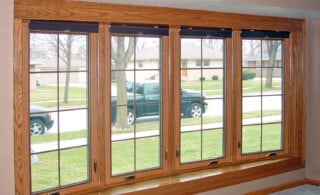 Low-e Windows – Are They Worth the Investment?
Low-e Windows – Are They Worth the Investment? 

Are You Familiar With This Topic? Share Your Experience.